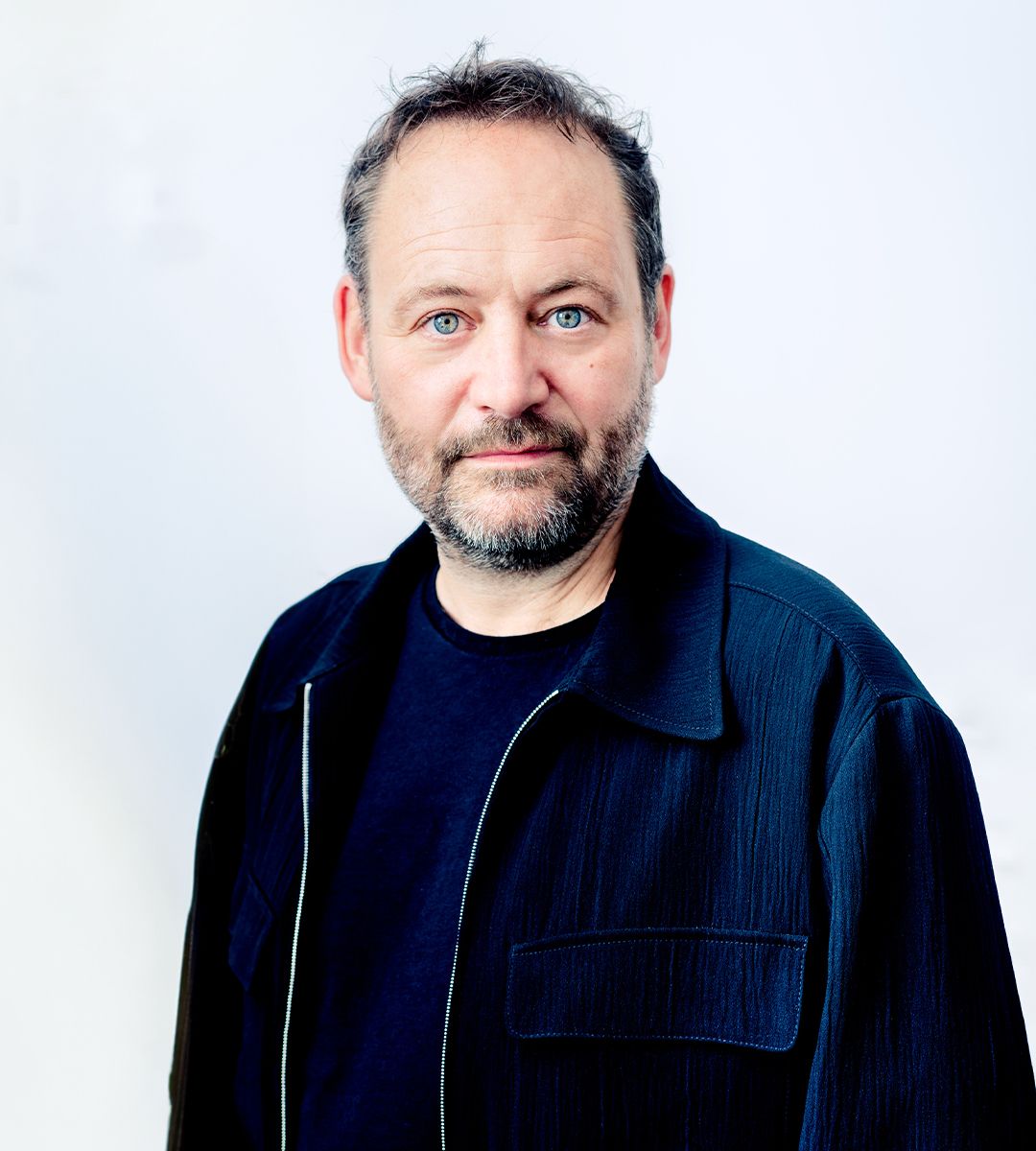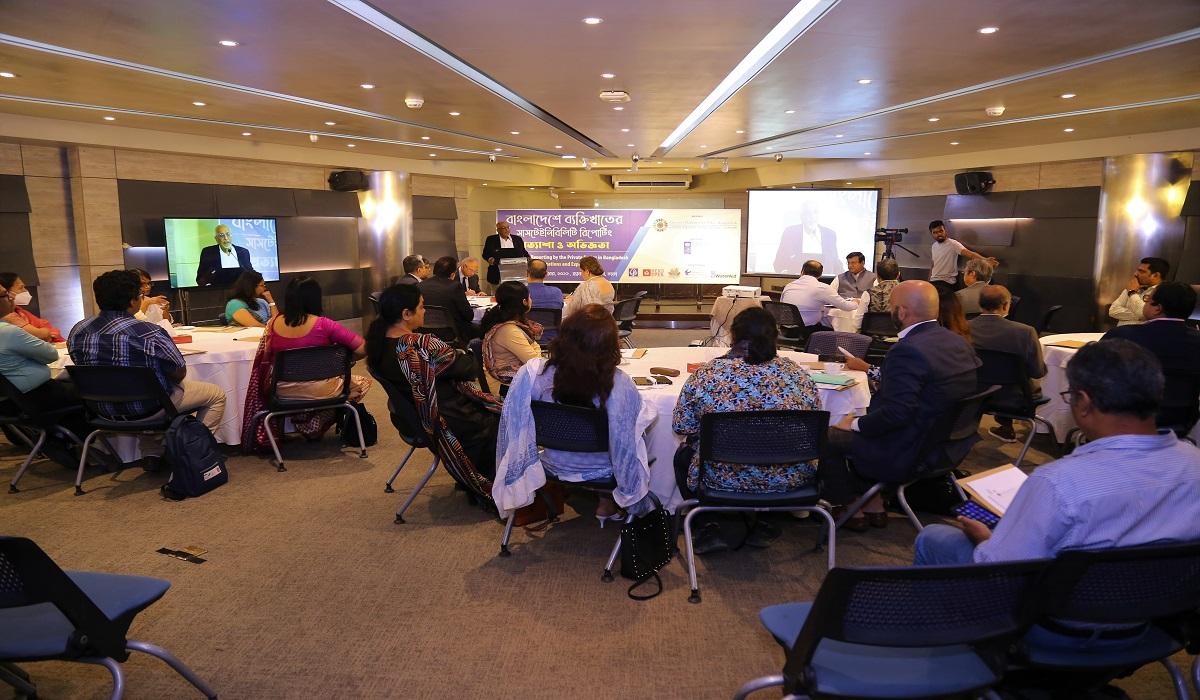Understanding The Conclave: Selecting The Next Pope

Table of Contents
The Pre-Conclave Period: Preparations and Procedures
The period between a Pope's death or resignation and the start of the Conclave is a time of intense preparation and solemn ritual. This crucial interregnum sees the smooth transition of power within the Vatican, ensuring the continuity of the Church's administration. The key figure during this period is the Cardinal Camerlengo (Chamberlain), who acts as the interim head of the Holy See. His responsibilities are vast and multifaceted, ensuring the stability of the Vatican City State until a new Pope is elected.
- Securing the Vatican: The Camerlengo oversees the security of the Vatican City State, a crucial aspect of maintaining order and respect during this period of transition.
- Announcing the Pope's death/resignation: The official announcement of the Pope's death or resignation is made public, marking the beginning of the mourning period and the official start of the process towards electing a successor.
- Preparing the Sistine Chapel: The Sistine Chapel, the venue for the Conclave, undergoes meticulous preparation. This includes cleaning, security enhancements, and ensuring the smooth functioning of the voting process.
- Gathering the eligible Cardinals: The Camerlengo summons the eligible Cardinals from around the world to Rome. The logistics involved in this global gathering are significant, considering the high-profile nature of the participants.
The Conclave Itself: Rules and Regulations
The Conclave itself takes place within the confines of the Sistine Chapel, a location rich in history and religious significance. This iconic space witnesses the intense deliberations and ultimately, the selection of the next Supreme Pontiff. The voting process is strictly governed by rules designed to ensure secrecy and impartiality. Cardinals cast their votes in secret ballot, requiring a two-thirds majority for the election to be valid. Multiple rounds of voting may be necessary before a consensus is reached.
- The "Habemus Papam" announcement: The world waits with bated breath for the iconic announcement, “Habemus Papam!” (We have a Pope!), signaling the end of the Conclave and the beginning of a new papacy.
- The significance of the white smoke: The color of the smoke emerging from the Sistine Chapel chimney signals the outcome of the voting. White smoke indicates the election of a new Pope, while black smoke indicates the continuation of the voting process.
- The role of the scrutineers and the Master of Ceremonies: These officials play critical roles in managing the voting process, ensuring fairness and secrecy. They count the ballots and ensure the integrity of the voting procedure.
- Restrictions placed on communication during the Conclave: To ensure impartiality and prevent external influence, communication with the outside world is strictly limited for the cardinals participating in the Conclave.
Eligibility and the Cardinal Electors
Only Cardinals under the age of 80 are eligible to vote in a Papal Conclave. This age limit ensures the active participation of cardinals with current experience in Church governance. The College of Cardinals, the body responsible for electing the Pope, comprises cardinals from around the world, reflecting the global reach of the Catholic Church. The geographical distribution of the electors is a significant factor, as different regions and cultures have varying theological viewpoints and perspectives.
- The number of Cardinal electors: The number of cardinal electors varies depending on the number of cardinals under the age of 80.
- Geographical distribution of the electors: The selection of cardinals aims to represent the vast diversity of the Catholic Church geographically.
- The influence of different theological viewpoints within the College: The differing theological viewpoints within the College of Cardinals can influence the selection process, with various candidates representing different theological and pastoral approaches.
The Impact of Papal Resignations on the Conclave
The resignation of Pope Benedict XVI in 2013 marked a historic moment, as it was the first papal resignation in centuries. This unprecedented event changed the dynamics of the subsequent Conclave. The previous understanding of the Conclave, largely shaped by the expectation of a process following a Pope’s death, was adapted to incorporate the new possibility of a voluntary resignation. This brought increased focus on the process itself and heightened expectations regarding transparency and clarity.
Understanding the Symbolism and Tradition
The Papal Conclave is not just a procedural event; it is steeped in history, symbolism, and religious significance. The rituals and ceremonies performed throughout the process have evolved over centuries, accumulating layers of meaning and tradition. Understanding this historical context helps us appreciate the gravity of the event.
- The historical evolution of the Conclave: The procedures of the Conclave have evolved significantly over time, adapting to changing circumstances and evolving interpretations of Church law.
- The symbolic meaning of the white smoke: The white smoke is more than just a signal; it is a potent symbol of the Holy Spirit guiding the deliberations and bringing forth the new leader of the Church.
- The significance of the Papal Ring and Fisherman's Ring: These rings, symbols of the Pope's authority, are bestowed upon the newly elected Pope, signifying the commencement of his papacy.
Conclusion
The Papal Conclave, a process rich in tradition and steeped in religious significance, remains a pivotal moment in the life of the Catholic Church. Understanding its procedures, rules, and symbolism provides valuable insight into the selection of the next Pope and the leadership of the global Catholic community. Learning more about the intricacies of the Papal Conclave allows for a deeper understanding of this significant event. To further your knowledge on this fascinating subject, explore more resources on the history and procedures of the Papal Conclave.

Featured Posts
-
 Le Concert De Christophe Mali A One Le Chateau Dates Et Informations
May 07, 2025
Le Concert De Christophe Mali A One Le Chateau Dates Et Informations
May 07, 2025 -
 Governments Role In Facilitating Smooth Ldc Graduation
May 07, 2025
Governments Role In Facilitating Smooth Ldc Graduation
May 07, 2025 -
 Princess Dianas Met Gala Gown A Risque Revelation
May 07, 2025
Princess Dianas Met Gala Gown A Risque Revelation
May 07, 2025 -
 Wnba Preseason Notre Dame Stars Face Off In South Bend
May 07, 2025
Wnba Preseason Notre Dame Stars Face Off In South Bend
May 07, 2025 -
 Young And Restless Recap March 7 2024 Diane And Kyles Storylines
May 07, 2025
Young And Restless Recap March 7 2024 Diane And Kyles Storylines
May 07, 2025
Latest Posts
-
 Path Of Exile 2 A Guide To Rogue Exiles
May 08, 2025
Path Of Exile 2 A Guide To Rogue Exiles
May 08, 2025 -
 The Untold Story A Rogue One Heros Journey In The New Star Wars Show
May 08, 2025
The Untold Story A Rogue One Heros Journey In The New Star Wars Show
May 08, 2025 -
 Rogues Team Affiliation A Marvel Fans Dilemma
May 08, 2025
Rogues Team Affiliation A Marvel Fans Dilemma
May 08, 2025 -
 New Star Wars Series Explores The Past Of A Beloved Rogue One Character
May 08, 2025
New Star Wars Series Explores The Past Of A Beloved Rogue One Character
May 08, 2025 -
 Rethinking Rogues Place Avengers Vs X Men
May 08, 2025
Rethinking Rogues Place Avengers Vs X Men
May 08, 2025
